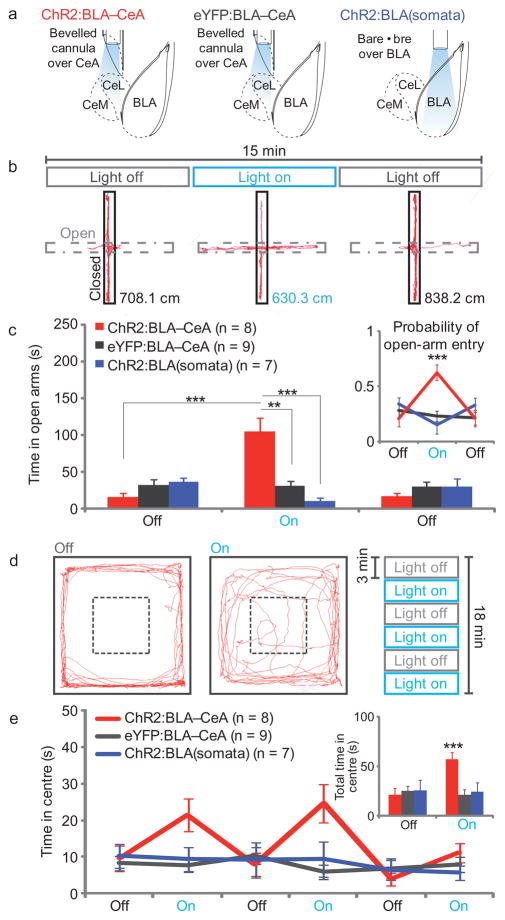Figure 1. Projection-specific excitation of BLA terminals in the CeA induces acute reversible anxiolysis.
a) Mice were housed in a high-stress environment before behavioral manipulations and receive 5-ms light pulses at 20Hz for all light-on conditions. (b–c) ChR2:BLA-CeA mice (n=8) received selective illumination of BLA terminals in the CeA during the light-on epoch on the EPM; see ChR2:BLA-CeA representative path (b), which induced an increase in open-arm time upon photostimulation relative to eYFP:BLA-CeA (n=9) and ChR2:BLA(somata) (n=7) controls (c), and an increase in probability of open arm entry (see inset). (d–e) ChR2:BLA-CeA mice also increased center time on the OFT, as seen in a representative path (d), during light-on epochs relative to light-off epochs and eYFP:BLA-CeA and ChR2:BLA(somata) controls (e).

